In this article, you will find the electrical and electronics circuit measurement objective questions and answers to test your knowledge.
Circuit Measurement Objective Questions
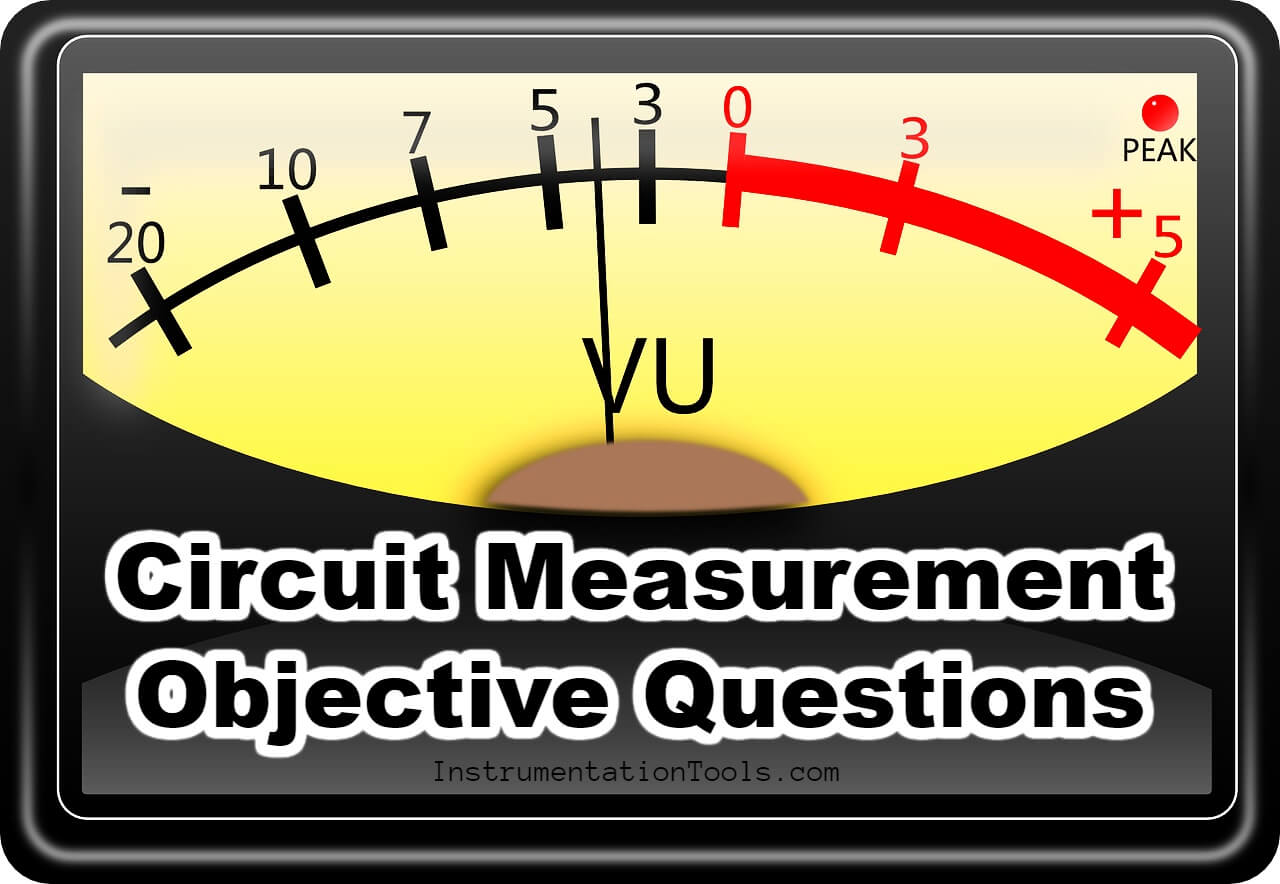
The below list provides all the multiple-choice questions (MCQ) related to the circuit measurement.
Answers are available at the bottom of the article.
1. Which of the following configurations extends the range of a voltmeter?
| A) | A capacitor in series with the meter movement |
| B) | A capacitor in parallel with the meter movement |
| C) | A resistor in series with the meter movement |
| D) | A resistor in parallel with the meter movement |
2. The d’Arsonval meter movement is based on which of the following principles?
| A) | Moving vane |
| B) | Permanent-magnet moving-coil |
| C) | Electrostatic |
| D) | Electrodynamic |
3. What value of ac is indicated by a meter scale?
| A) | Peak-to-peak |
| B) | Peak |
| C) | Average |
| D) | Effective |
4. Which of the following electrical quantities is measured by a wattmeter?
| A) | Energy |
| B) | Current |
| C) | Voltage |
| D) | Power |
5. What electrical property is measured with an ohmmeter?
| A) | Current |
| B) | Resistance |
| C) | Voltage |
| D) | Power |
6. Which of the following electrical quantities is measured by a watt-hour meter?
| A) | Energy |
| B) | Power |
| C) | Current |
| D) | Voltage |
7. A voltmeter should be connected in an electrical circuit in what manner?
| A) | In series-parallel with the load |
| B) | In parallel with the load |
| C) | In accordance with Lenz’s Law |
| D) | In series with the load |
8. The hair-springs in a d’Arsonval meter movement perform which of the following functions?
| A) | They aid the movement of the pointer when there is current through the meter |
| B) | They keep the pointer in the position of the last indication when the current is removed |
| C) | They make electrical connections to the meter movement |
| D) | All of these answers |
9. What is meant by the term “meter damping”?
| A) | Moistening the felt pads |
| B) | Compensating for electromagnetic induced interference |
| C) | Preventing excessive current through the coil |
| D) | Smoothing the oscillations of the pointer |
10. How should an ohmmeter be connected in an electrical circuit?
| A) | In parallel with the source |
| B) | In series-parallel with the load |
| C) | In parallel with the load |
| D) | In series with the load |
11. What portion of the ammeter scale should be used to take a final reading?
| A) | The lower half |
| B) | The upper half |
| C) | Anywhere on the meter face |
| D) | The mid-scale portion |
12. Which of the following meter movements will measure either ac or dc without the use of a rectifier?
| A) | d’Arsonval |
| B) | Electrodynamic |
| C) | Electrostatic |
| D) | GMS |
13. Which of the following safety precautions should be observed when a megger is used?
| A) | Always start with the highest scale selection of the meter |
| B) | Do not use a dc megger to measure circuits that are powered by ac |
| C) | Do not touch the meter leads when a measurement is being taken |
| D) | All of these answers |
14. Out-of-circuit meters have which of the following advantages over in-circuit meters?
| A) | They are lighter weight |
| B) | They can be used on more than one device |
| C) | All of these answers |
| D) | They are more rugged |
15. What area of an ohmmeter scale should be used when a measurement is taken?
| A) | Lower half |
| B) | Mid-scale portion |
| C) | Upper half |
| D) | Anywhere on the meter face |
16. Why is there a mirror on the face of a multimeter?
| A) | To aid in reducing parallax error |
| B) | To illuminate the meter face |
| C) | To compensate for the difference in ac and dc measurements |
| D) | To reduce the friction between the pointer and the meter face |
17. If the mirror on the face of a multimeter is used properly, where will the image of the pointer appear?
| A) | Barely visible on either side of the pointer |
| B) | Clearly visible to the left of the pointer |
| C) | Hidden behind the pointer |
| D) | Clearly visible to the right of the pointer |
18. When the current in a conductor is measured without the conductor being disconnected, which of the following meters could be used?
| A) | Transformer voltmeter |
| B) | Multimeter |
| C) | Hook-on voltameter |
| D) | Induction wattmeter |
19. Circuit measurement is used for which of the following purposes?
| A) | To increase the power used in a circuit |
| B) | To discover the length and width of a circuit |
| C) | To find the weight of a circuit |
| D) | To determine the reason a circuit is not functioning properly |
20. Which of the following safety precautions does NOT apply to a multimeter?
| A) | Never apply power to the circuit when measuring voltage with the meter |
| B) | Be sure the meter is switched to ac for ac measurements |
| C) | Deenergize the circuit before connecting the meter |
| D) | Observe proper dc polarity when measuring dc |
21. What electrical property is measured by an ammeter?
| A) | Voltage |
| B) | Power |
| C) | Resistance |
| D) | Current |
22. Electrostatic meter movements are used to measure which of the following current/voltage values?
| A) | Low current |
| B) | Low voltage |
| C) | High current |
| D) | High voltage |
23. Which of the following methods is used to dampen a meter?
| A) | Incorporate an airtight chamber containing a van |
| B) | Install a fuse in one of the input leads |
| C) | Provide a fluid reservoir and sponge arrangement next to the pads |
| D) | Mount the meter in a mu-metal case |
24. The electrostatic meter movement reacts to which of the following electrical properties?
| A) | Power |
| B) | Current |
| C) | Voltage |
| D) | Resistance |
25. An ohmmeter is used to check for which of the following conditions?
| A) | Overheating |
| B) | Undercurrent |
| C) | Continuity |
| D) | Overcurrent |
26. Which of the following safety precautions should be observed prior to connecting an ammeter into a circuit?
| A) | All of these answers |
| B) | Switch to the highest range |
| C) | Deenergize the circuit |
| D) | Observe proper dc polarity |
27. Which of the following safety precautions should be observed when a voltmeter is used?
| A) | Connect the meter in series with the circuit |
| B) | All of these answers |
| C) | Start with the lowest range of the meter |
| D) | Deenergize the circuit before connecting the meter |
28. Which of the following safety precautions should be observed when an ohmmeter is used?
| A) | Deenergize the circuit before connecting the meter |
| B) | All of these answers |
| C) | Always start with the highest scale of the meter |
| D) | Observe proper polarity |
29. The ammeter with the greatest sensitivity has which of the following characteristics?
| A) | A high ratio of internal resistance to full-scale deflection indication |
| B) | The lowest amount of current for full-scale deflection indication |
| C) | The highest amount of current for full-scale deflection indication |
| D) | A low ratio of internal resistance to full-scale deflection indication |
30. A multimeter can be used to measure which of the following electrical properties?
| A) | Resistance |
| B) | all of these answers |
| C) | Current |
| D) | Voltage |
31. An in-circuit meter is used for which of the following purposes?
| A) | To control power to a circuit |
| B) | To reduce circuit losses |
| C) | To prevent circuit overload conditions |
| D) | To monitor circuit operation |
32. If a multimeter has no OFF position, and it is returned to storage, on which of the following positions should the meter be set?
| A) | Ac; highest current range |
| B) | -dc; higher resistance range |
| C) | +dc; highest voltage range |
| D) | Ac; highest voltage range |
33. What range of an ammeter should you use for an initial measurement?
| A) | The lowest range |
| B) | The highest range |
| C) | The mid-scale range |
| D) | Any of these answers |
34. One of the problems encountered in building a multimeter is that the meter movement gives different readings for the same values of ac and dc.
Which of the following features of a multimeter will solve this problem?
| A) | An ac/dc switch |
| B) | A rectifier |
| C) | Separate scales for ac and dc |
| D) | A mirror on the face of the meter |
35. A d’Arsonval meter movement reacts to which of the following values of voltage?
| A) | Peak-to-peak |
| B) | Peak |
| C) | Average |
| D) | Effective |
36. Ammeters measure various ranges through the addition of which of the following components?
| A) | Capacitors in series with the meter movement |
| B) | Shunt resistors in parallel with the meter movement Option 2 |
| C) | Shunt resistors in series with the meter movement |
| D) | Capacitors in parallel with the meter movement |
37. To keep the effect of a voltmeter on a circuit to a minimum, the internal resistance of the voltmeter must have which of the following relationships to the circuit load?
| A) | Lower than |
| B) | Higher than |
| C) | In proportion to |
| D) | Equal to |
38. How does an ammeter affect the circuit being measured?
| A) | It acts as a resistance in series and lowers the circuit current |
| B) | It acts as a resistance in series and raises the circuit current |
| C) | It acts as a resistance in parallel and lowers the circuit current |
| D) | It acts as a resistance in parallel and raises the circuit current |
39. Ohmmeter are classified by type. What are the two types of ohmmeters?
| A) | Series and shunt |
| B) | Full- and half-scale |
| C) | all of these answers |
| D) | Normal and reverse |
40. The function switch on a multimeter does NOT perform which of the following functions?
| A) | Changing of the multimeter from an ammeter to a voltmeter |
| B) | Determination of the proper scale |
| C) | Selection of the meter range |
| D) | Selection of ac or dc capability |
41. What electrical property is reacted to by the electrodynamic, d’Arsonval, moving vane, and thermocouple meter movements?
| A) | Resistance |
| B) | Current |
| C) | Power |
| D) | Voltage |
42. What voltmeter range should be used for initial measurements?
| A) | The mid-scale |
| B) | The highest |
| C) | None of these answers |
| D) | The lowest |
43. When a megger is used to check the insulation of a wire, which of the following indications should be considered normal?
| A) | 500 V |
| B) | 1000 V |
| C) | 0 |
| D) | ∞ |
44. How are ammeters connected in an electrical circuit?
| A) | In series with the load |
| B) | In series-parallel with the load |
| C) | In accordance with Lenz’s Law |
| D) | In parallel with the load |
45. What electrical property is measured by a voltmeter?
| A) | Resistance |
| B) | Voltage |
| C) | Power |
| D) | Current |
46. How is the effect that an ammeter produces in a circuit kept to a minimum?
| A) | By ensuring that the meter resistance is high compared to circuit resistance |
| B) | By ensuring that the meter resistance is low compared to circuit resistance |
| C) | By using a large capacitor in parallel with the ammeter |
| D) | By using a large resistor in series with the ammeter |
47. Which of the following types of meters can be made from a current sensitive meter movement?
| A) | Voltmeter |
| B) | Ohmmeter |
| C) | Ammeter |
| D) | Each of these answers |
48. Current through a meter results in the pointer.
In d’Arsonval meter movement, what force produces this deflection?
| A) | Electrostatic repulsion |
| B) | The interaction of magnetic fields |
| C) | Thermocouple action |
| D) | Mechanical spring tension |
49. A voltmeter has an effect on the circuit being measured; what is this effect called?
| A) | Eddy-current drag |
| B) | Loading |
| C) | Rectification |
| D) | Damping |
50. When, if ever, can you use a dc ammeter to measure ac values?
| A) | Always |
| B) | For low values |
| C) | Never |
| D) | When the ac is high frequency |
51. What device allows a d’Arsonval meter movement to measure ac by converting ac to pulsating dc?
| A) | A pulsator |
| B) | A rectifier |
| C) | A converter |
| D) | A modulator |
52. Meggers (megohmmeters) are used to measure which of the following quantities?
| A) | High resistance |
| B) | High voltage |
| C) | Low voltage |
| D) | Low resistance |
53. An ohmmeter can measure different ranges because of the use of which of the following components?
| A) | Range potentiometers |
| B) | Range resistors |
| C) | Range coils |
| D) | Range capacitors |
54. A voltmeter has a high sensitivity when it has which of the following characteristics?
| A) | High deflection indication |
| B) | Low ratio of internal resistance to full-scale deflection indication |
| C) | High ratio of internal resistance to full-scale deflection indication |
| D) | Low deflection indication |
55. What is the most obvious differences in the two types of ohmmeters?
| A) | The ranges of the meters |
| B) | The size of the test leads of the meters |
| C) | The power sources of the meters |
| D) | The scales of the meters |
Click Here for Answers
If you liked this article, then please subscribe to our YouTube Channel for Electrical, Electronics, Instrumentation, PLC, and SCADA video tutorials.
You can also follow us on Facebook and Twitter to receive daily updates.
Next Quiz:
- Transducers MCQ
- RTD Questions & Answers
- Measuring Instruments MCQ
- Industrial Instrumentation MCQ
- Distributed Control System MCQ


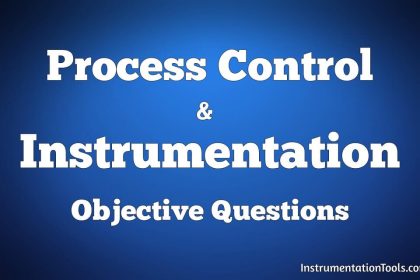
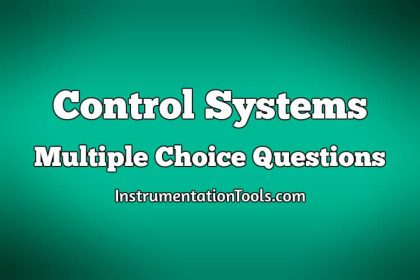
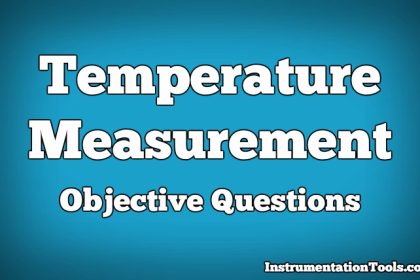



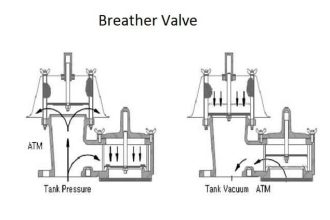
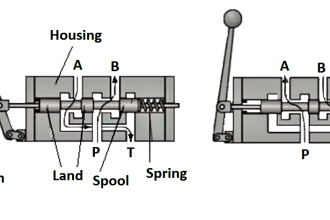



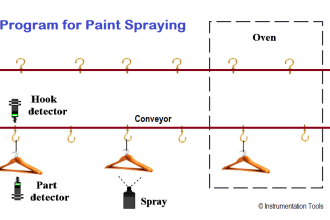
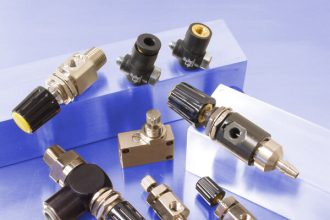
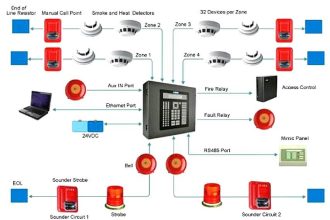

An exceptionally mind boggling exercise for average level practitioners